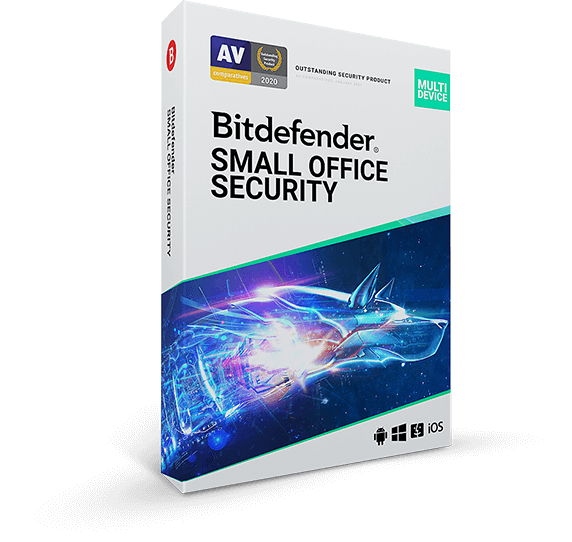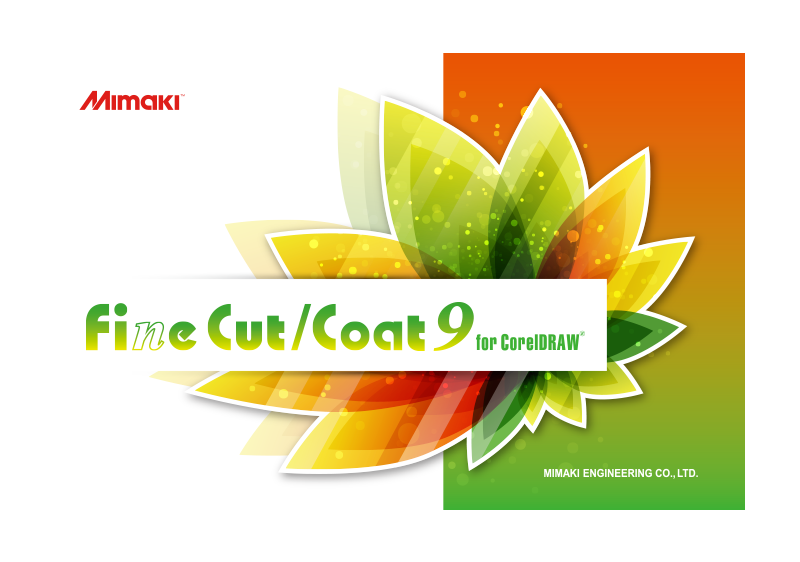

Starts the application with interaction disabled. If this is is too low then the application's main window may open after ADP tries to send it to the desktop, so increase this if you have issues getting an app to work, or decrease this if you feel it stays open too long. How long ADP should wait for the application to have opened in milliseconds (default 1000). What the application appears as in the Saved Apps list.

#Active desktop plus download windows
Note that Windows inverts the Y axis, so down the screen is more Height & Width Specifies the location the window should be placed, with 0, 0 being the top-left of your primary monitor. FlagsĪny flags, arguments or switches you want to apply to the app at launch. Can accept anything relying on the PATH variable. The path to the application to be started. The following properties are all available to change for any app in the config file as well as directly from the UI. What properties can I change about an app? Find it in the list of saved apps, select it and click "Launch".Check "Start locked" (which will prevent you from closing the wallpaper accidentally via Alt+ F4), and "Start with ADP" so that it runs whenever ADP is opened.If you have multiple monitors, use the "Select Monitor" button to choose the monitor you wish to have the wallpaper on.Type the path to the video in the box provided.In ADP, click on the "Use Video" button.Press Win+ D to go to the desktop, you should see the app on the desktop.Release Ctrl, then click the "Send To Desktop" button.With ADP open and the focused window, hold Ctrl and move the mouse cursor over the titlebar of the window you wish to send to the desktop.Each button has a tooltip describing what they do, but for some basic actions see below. From "Saved apps", you can add custom apps to a quick-launch list, giving them flags, exact positions and sizes, have them run on startup and even set videos as your wallpaper. Under "Current apps", you can view, manage and close any apps currently on the desktop, as well as send more to the desktop. Both of these sections provide a key piece of functionality. How do I use ADP?ĪDP's user interface is currently split into two sections "Current apps" and "Saved apps".

Since fullscreen apps are drawn behind the taskbar, TranslucentTB works wonders to help improve the overall appearance. Some good apps to try are browsers, video players such as Windows Media Player or VLC (if you need more control than the built-in video player), or terminal emulators such as Windows Terminal. It's generally not compatible with UWP apps or anything that draws its own titlebar though. This utility should work with most applications.
#Active desktop plus download full
ADP attempts to reintroduce and supercharge this feature, allowing for any app, webpage or video you want to be kept on the desktop either as a full wallpaper or a small widget. It allowed you to use webpages and files as your wallpaper or overlay small windows on top of your desktop that stayed behind everything else. If you've ever looked into customising your desktop wallpaper further than what Windows allows, you may have come across a feature called "Active Desktop". A simple app that lets you pin windows, videos and webpages to your desktop and use fullscreen programs as interactive wallpapers.


 0 kommentar(er)
0 kommentar(er)
